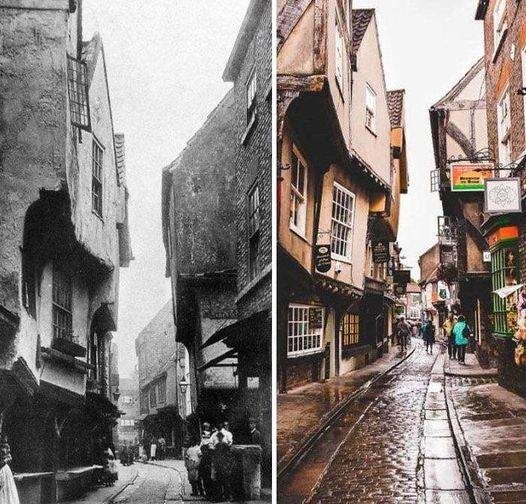Among the treasures unearthed from the Sutton Hoo ship-burial, the sword dating to approximately AD 620 stands as a remarkable link to the Anglo-Saxon past of Suffolk, England. This artifact, laden with historical significance, provides a tangible connection to the early medieval kings of East Anglia—Eorpwald, Raedwald, and co-regents Ecric and Sigebert.
The recent photograph of the sword shows the delicate balance between decay and preservation. While the iron blade has succumbed to the ravages of time, its hilt remains a dazzling example of the craftsmanship of the period. The hilt, adorned with ornate gold work set with garnets and intricate patterns, reflects the status and power of its royal owner.
The Sutton Hoo ship-burial, where this sword was discovered, is one of the most significant archaeological finds in British history, providing insight into a period often obscured by lack of written records. The burial site, thought to be a ceremonial interment of an East Anglian king, was designed not just as a resting place but as a treasure trove of artifacts meant to accompany the monarch into the afterlife.

The photograph captures the contrast between the sword’s corroded blade and its richly decorated hilt, a dichotomy that mirrors the passage from life to the afterlife, from the earthly realm to the spiritual. The items buried alongside the king, this sword included, were chosen to demonstrate his regal standing in life and ensure his readiness for the afterlife.
Scholars have studied the intricate designs on the hilt to gain understanding of the art and symbolism of the period. The interlacing geometric patterns and animal motifs are characteristic of the art style prevalent in early medieval Northern Europe, known as the 'Insular' art style. The craftsmanship speaks volumes of the cultural and economic connections of the Anglo-Saxons, hinting at a society that was wealthy and well-connected.
This sword, and other artifacts from the burial, tell a story of a time when ritual and pomp were interwoven with the ruling elite's political and military might. The ornate nature of the weapon suggests that it was perhaps more symbolic than utilitarian, a ceremonial piece designed to confer status rather than to serve in battle.
The enduring allure of the Sutton Hoo sword lies in its mystery and majesty. It beckons historians and enthusiasts alike to delve deeper into the legends of the past. As it rests within the museum, it is more than just an exhibit; it is a narrative etched in gold and iron, a legacy of a king whose name has been lost to history but whose power and prestige continue to be felt through the ages.










